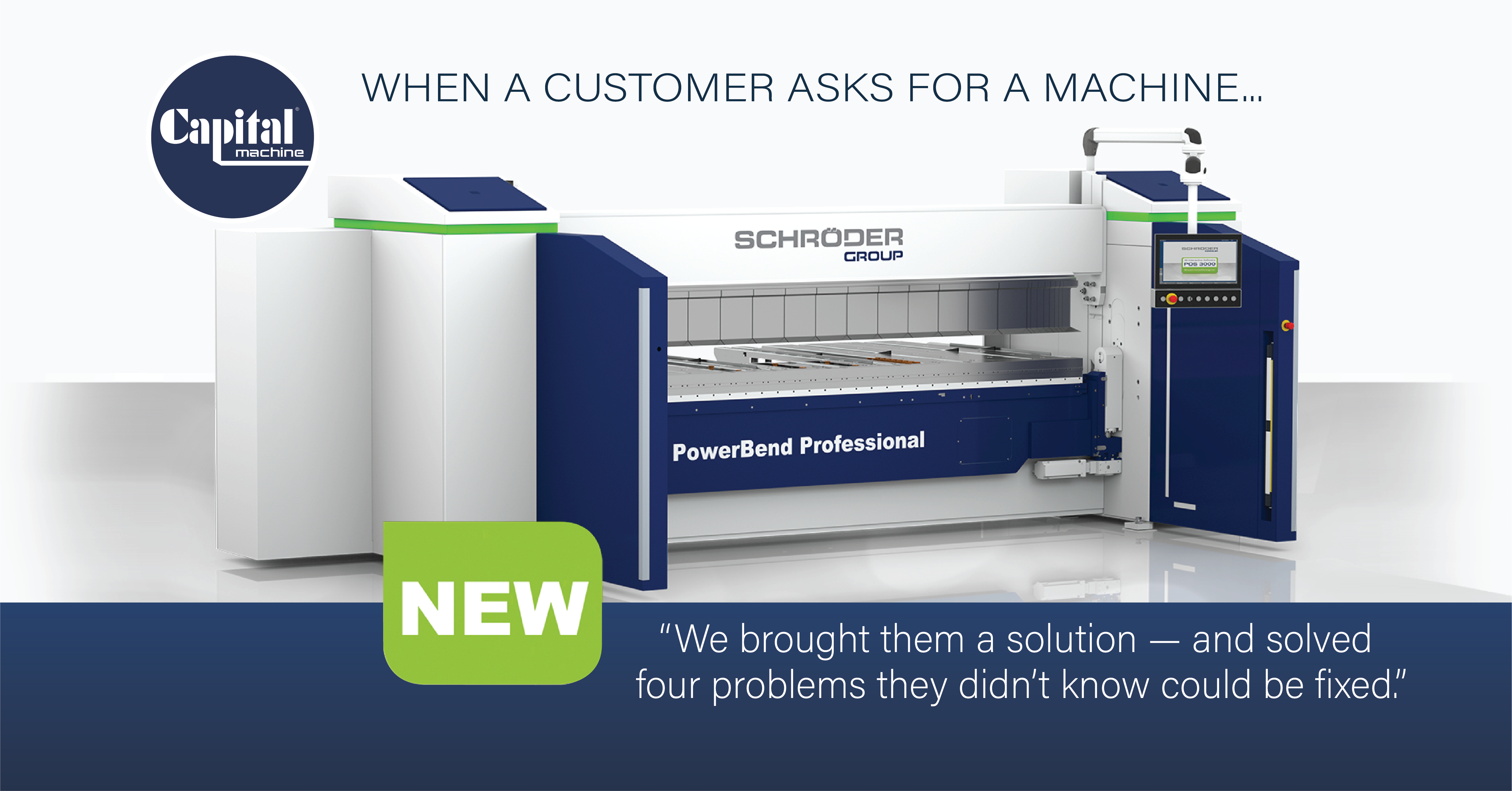
From Small Shop to Smart Shop: How Robotic Welding Helped a Family Business Scale Production

Adam Pilewicz is a Solutions Expert at Capital Machine Technologies with a passion for helping fabricators of all sizes modernize their operations. Known for his hands-on approach and genuine curiosity, Adam has quickly earned a reputation for uncovering hidden opportunities and turning small shops into success stories through practical automation and robotic welding solutions.
Not every great success story starts with a large facility or a big budget.
Sometimes, it starts with a small family-run shop — and a knock on the door.
Earlier this year, I visited a fabrication shop in Central Florida that we hadn’t seen in a while. It was a small operation, but behind that humble exterior was a story of potential, growth, and transformation through automation.
The Visit That Changed Everything
I had just started my journey with Capital Machine when I stopped by this shop. From the outside, it didn’t seem like a fit for robotics — but I walked in anyway, introduced myself, and started a conversation.
Within minutes, I learned they were considering robotic welding but weren’t sure it made sense for their size. We scheduled a follow-up visit to take a closer look at their production.
The Weld Cost Analysis That Changed Minds
Together with our robotics specialist, we ran a detailed weld cost analysis — evaluating their high-volume parts and production data. The results were surprising:
- They were producing hundreds of parts per month.
- They were turning away new business because they couldn’t meet demand.
- The ROI on automation was far shorter than expected.
We showed them the numbers — and then showed them the results in person.
Seeing Is Believing: The Demo Truck Experience
We brought our robotic welding demo truck to their facility, programmed their parts on-site, and demonstrated the system’s capabilities live.
Their entire team gathered around — operators, engineers, even leadership — and began visualizing exactly how robotic welding could fit into their shop.
By the end of the visit, they weren’t asking if they should automate. They were asking when.
From Hesitation to Transformation
After a few months of discussion and planning, they made the leap — purchasing their first robotic welding cell.
The system will help them:
- Eliminate bottlenecks
- Improve consistency and throughput
- Accept new customer orders with confidence
This small shop proved a big point: automation isn’t just for large manufacturers. It’s for anyone ready to scale smart.
Industry Insight: The Rise of Automation in Small and Mid-Sized Fabricators
Across Florida and the Southeastern U.S., small and mid-sized fabricators are investing in robotics faster than ever before.
Why?
- Labor shortages are forcing shops to do more with fewer people.
- Faster payback periods make automation financially accessible.
- Compact robotic welding cells now fit easily in smaller facilities.
What was once “out of reach” is now driving a wave of modernization across the region — from Orlando to Tampa and throughout the Southeast fabrication corridor.
Takeaway
For me, this project was more than a sale — it was a lesson in what happens when you stay curious, ask questions, and help a small business see what’s possible. Even the smallest shops can achieve world-class efficiency with the right technology and mindset.
If you’re a fabricator wondering whether robotic welding makes sense for your operation — the best first step might just be opening your door to the conversation.
👉 Ready to explore what robotic welding could unlock for your business?
Contact our Solutions Team Today

